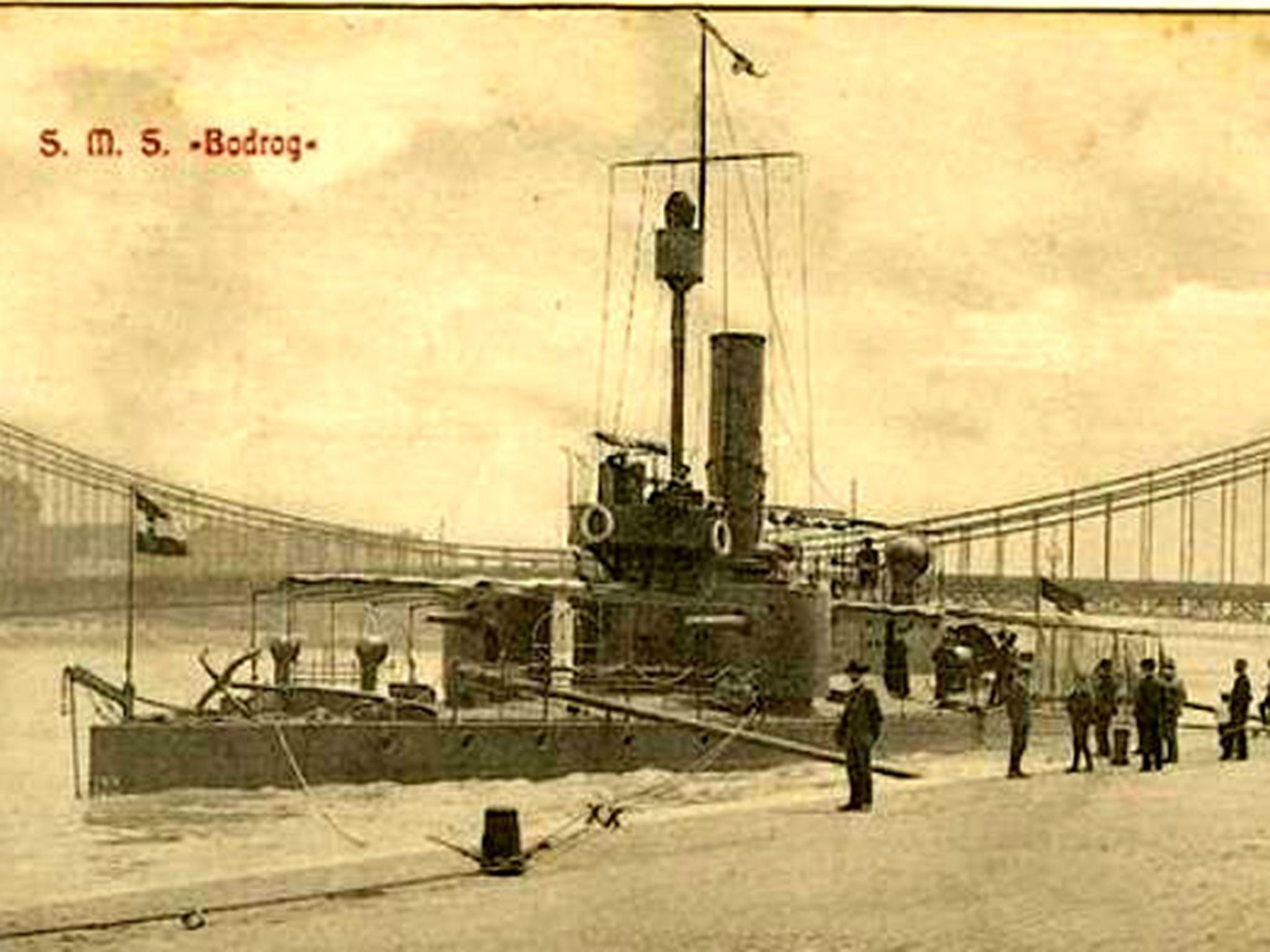Church to mark the real centenary of the start of First World War
Service will commemorate the initial declaration of war by Austria-Hungary against Serbia that ultimately led to all the other declarations of war by the other great powers

In Britain and western Europe, events to mark the 100th anniversary of the start of the First World War are being held on 4 August, as attention is focused on the German invasion of Belgium and the British declaration of war.
But the Temple Church in London is holding a service today, as Monday 28 July, is arguably the real centenary of the conflict’s start. Representatives of the Austrian and Serbian embassies will be among those attending a public service at the church, built in the 12th century for the Knights Templar. They will commemorate the initial declaration of war by Austria-Hungary against Serbia that ultimately led to all the other declarations of war by the other great powers.
The first hostile act of the war also took place 100 years ago today when Austro-Hungarian troops seized two Serbian river boats carrying ammunition and mines. Then, on the night of 28/29 July, the Serbs blew up the railway bridge between the two countries – to prevent Austro-Hungarian troops using it to invade Serbia. The first actual shots of the war were fired just after 1am on 29 July when Austro-Hungarian naval vessels on the river Sava opened fire on the Serbian sappers who had blown up the bridge and on Belgrade itself.
Remarkably, the gunboat, the Bodrog, from which the first shots were were fired still survives today, largely forgotten, moored at the side of the river Danube in Belgrade.
New research by a British Historian, Dr. Alexander Watson of Goldsmiths college, University of London, is about to reveal the horrendous scale of mass hangings of civilians by the Austro-Hungarian military. According to a new book (Ring of Steel: Germany and Austria-Hungary at War, 1914-1918) by Dr. Watson, due out on 7 August, at least 30,000 Ukrainians, Serbs, Jews and Poles were arrested and executed.
“Most were hanged merely because they belonged to minority ethnic groups which, in the feverish atmosphere of the time, the Austro-Hungarian authorities suspected of disloyalty,” said Dr. Watson.
“The great majority were denied a proper trial,” he said.
His book is the first to reveal the full extent of Austro-Hungarian atrocities and to analysis why they were carried out.
“The mass killings in what are now western Ukraine and Central and eastern Poland in 1914 are virtually unknown. A proper historical account of what happened has sadly had to wait literally a century to be told,” said Dr. Watson.
He believes that around 25,000-30,000 Ukrainians, at least 4,000 Serbs and hundreds of Jews and Poles were executed. Virtually all were civilians and many were Austro-Hungarian citizens. In an atmosphere of mounting distrust and paranoia, the Austro-Hungarian military believed that minority ethnic communities were involved in spying and helping enemy forces.
“Usually people don’t perceive World War One as a partially ethnic conflict. It’s more often seen through the prism of the Western Front and thus perceived as solely a great power conflict but the reality is that a significant percentage of the initial non-combatant deaths and suffering on the Eastern and Balkan fronts was ethnically-determined with tens of thousands of civilians losing their lives and tens of thousands more being held in internment camps,” he said.
“It was the Austro-Hungarian army – not the German nor even the Russian military – which was by far the bloodiest and most brutal military force of 1914,” he said.
The Austro-Hungarian river vessel which fired the first shots of the war was a 56 metre long gunboat with a 79 strong crew called the Bodrog.
Remarkably it still survives today, largely forgotten, moored at the side of the Danube in Belgrade.
Its future is currently unclear. It is protected under Serbian heritage law – and plans, never implemented, were drawn up some years ago to turn it into a floating museum. However control of it recently changed from Serbia’s Ministry of Culture to its Ministry of Defence. The vessel is understood to be in need of considerable conservation – but has a reputation for survival, having seen action in five naval battles and having been scuttled (and refloated) twice – in 1941 by the Yugoslavs and in 1944 by the pro-Axis Croats.
Subscribe to Independent Premium to bookmark this article
Want to bookmark your favourite articles and stories to read or reference later? Start your Independent Premium subscription today.

Join our commenting forum
Join thought-provoking conversations, follow other Independent readers and see their replies